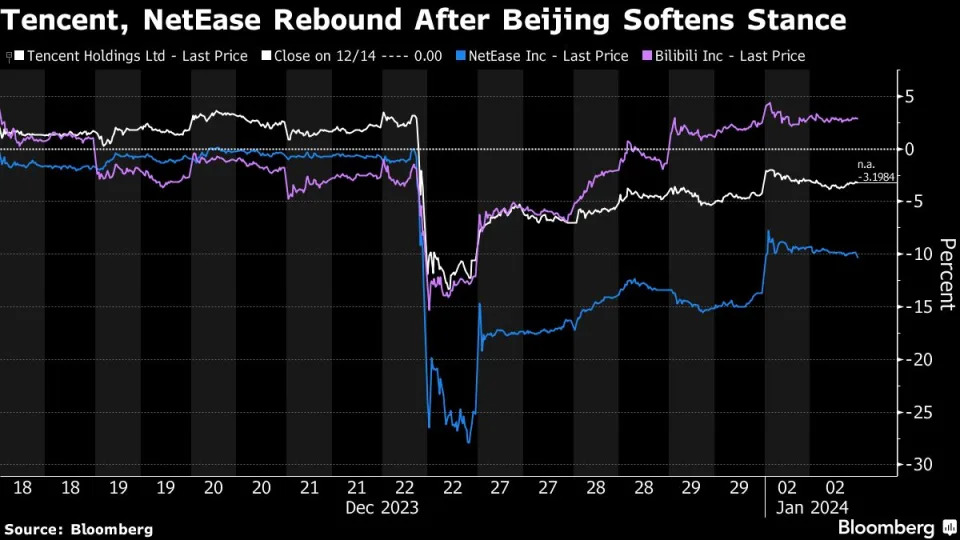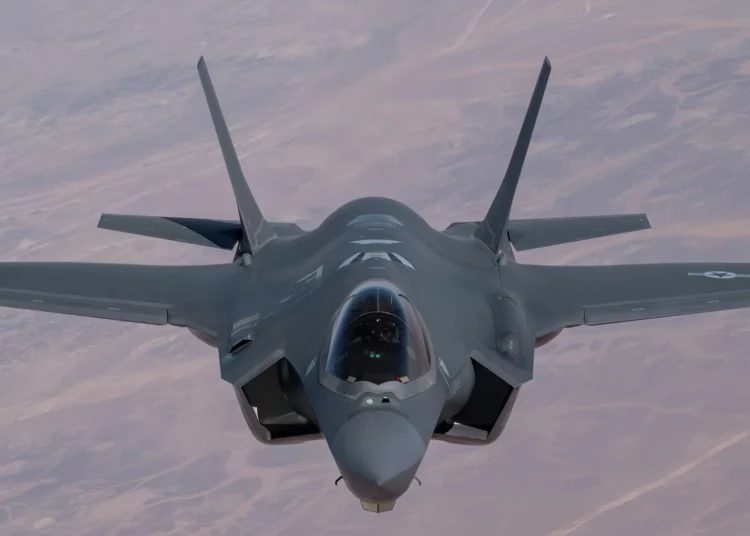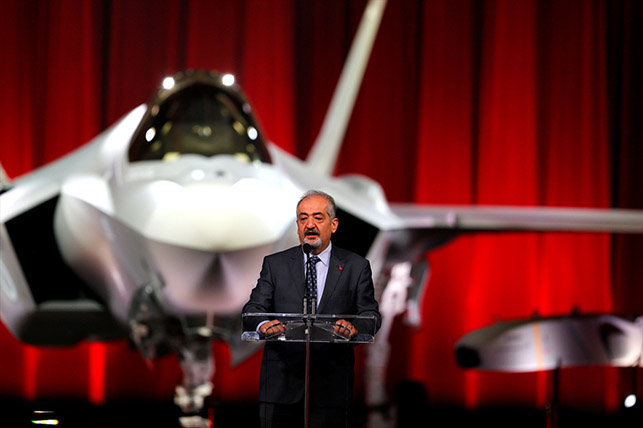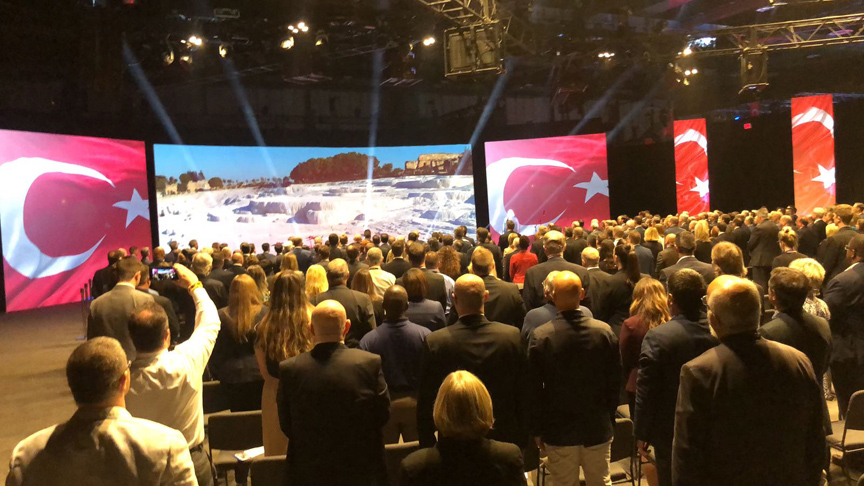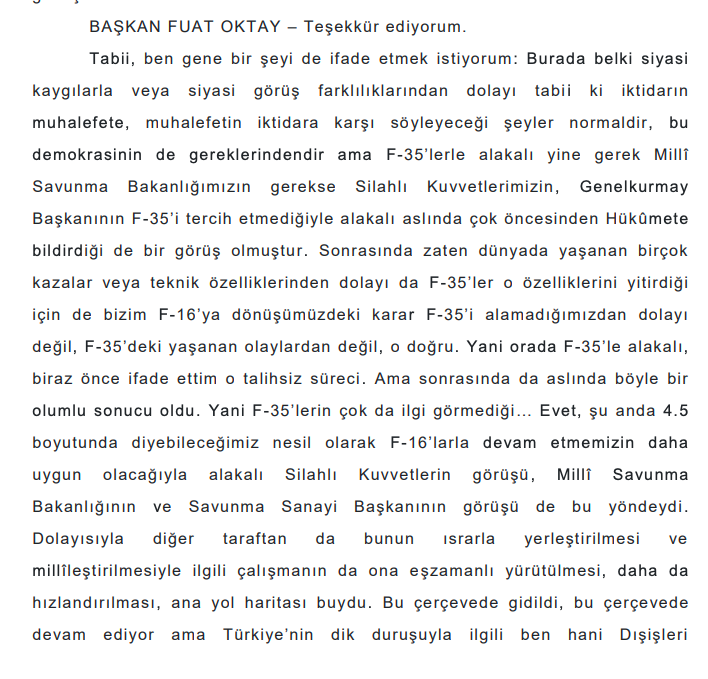B.C. union representing Lower Mainland transit workers issues 72-hour strike notice
The Canadian Press
A union representing more than 180 transit workers in B.C. has issued a 72-hour strike notice.
CUPE Local 4500 represents workers employed by the Coast Mountain Bus Company, which runs transit operations for all of Metro Vancouver.
The notice is effective at 8 a.m. local time on Wednesday.
The union says it is still available to negotiate a collective agreement that avoids service disruptions.
It says job action could begin at 8 a.m. on Saturday with an overtime ban that would affect all operations in the Coast Mountain system.
The union says the last collective agreement expired at the end of 2022 and bargaining didn't start until this past October.
Members voted 100 per cent in favour of a strike mandate last month.
"We regard job action as the last resort in our effort to reach a fair deal, but we don't see an alternative," Chris Gindhu, president of CUPE Local 4500, said in a statement. "To date, Coast Mountain has been unwilling to address our key issues."
Coast Mountain Bus Company President and General Manager Michael McDaniel said in a statement that the company has offered CUPE Local 4500 the same basic wage increase that was already agreed to by all other CMBC employees.
"This offer is consistent with other public sector settlements in British Columbia. We urge the union to return to the bargaining table to finalize a deal," said McDaniel.
The company says it does not anticipate the union’s potential overtime ban to impact transit services at this time.
This report by The Canadian Press was first published Jan. 2, 2024.
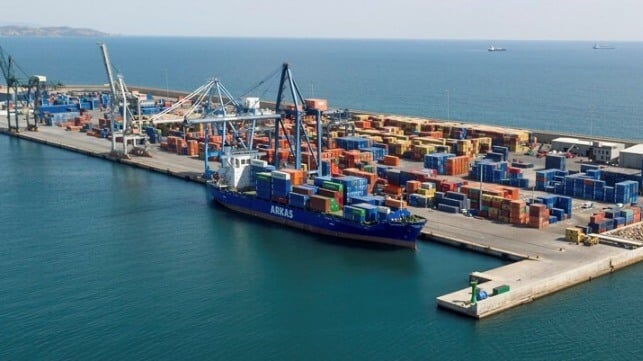
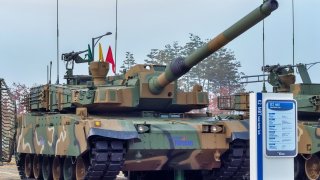
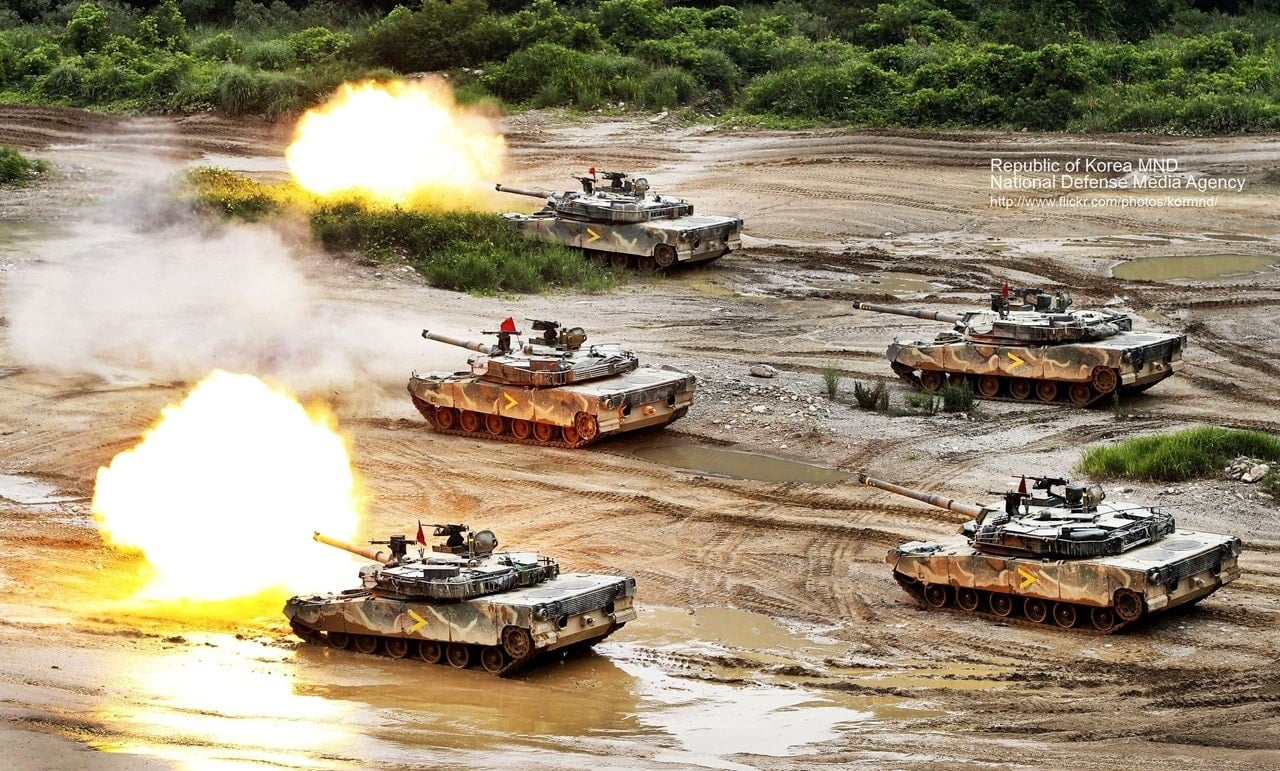
.jpg)
